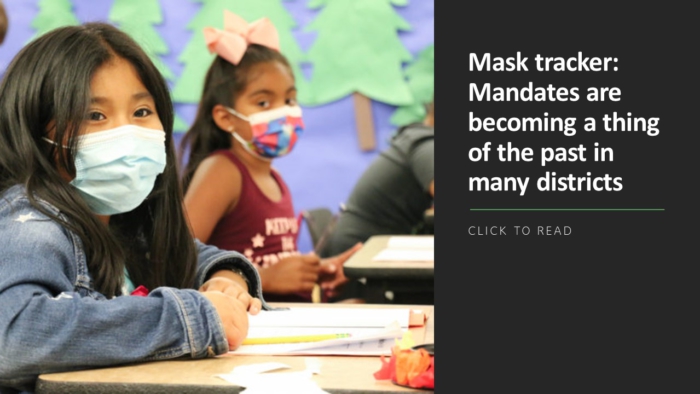“A parent is a child’s first teacher and children spend 80% of their waking hours outside the classroom… families are the game-changer.”
So said Heejae Lim, who was selected to deliver a TED Talk to discuss how schools can empower their underserved communities by removing the language barrier between teachers and parents.
When she was 8 years old, her family moved from Korea to England, and she couldn’t speak a word of English, she explains in the TED Talk. Her mother, using what little English she knew, would speak with her teachers each day to ask what she can be doing to help at home.
“All the other Korean parents gathered around the car asking my mom the same questions that she asked my teachers,” she said. “I don’t know how I would’ve survived that first year without my mom.”
Her experience led her to develop a solution that removes language barriers between schools and families so that underserved communities can thrive academically. Lim is the founder and CEO of TalkingPoints, a platform that aims to increase engagement for underserved and multilingual families.
Families and teachers using the mobile app can communicate regardless of their chosen language. Using artificial intelligence and human translators, the app translates the message to the receiver’s preferred language, solving the language barrier issue.
“We’ve had more than 95% of teachers reporting that they have found improvements in student outcomes,” says Lim. “And families have reported increased engagement with their teachers, seeing improved grades in their children and improved attitudes.”
For many districts, the pandemic made it especially difficult for underserved communities as students were forced to partake in remote learning. During that time, the app was both a “game changer” and a “lifesaver,” according to Lim. “In March 2020 we were serving about half a million families,” she says. “Within a span of six months, we had actually grown by tenfold to serve three million families across the U.S.”
Their research also underscores the impact of family-teacher engagement, she explains. In research that is to be released later this month, she says they found a direct causal relationship between engaged families and improved academic achievement.
“We’re playing the role my mom had for the school and my friends’ families—the communicator, the explainer, the coach, the translator and the go-between,” said Lim. “And, since my mum cannot be everywhere—I mean no parent can, and it’s not for lack of trying—we step in and reach millions of families and schools. When teachers and families work together EVERYONE wins. Students are supported, families are empowered, and teachers’ jobs become easier.”
More from DA: How students’ technology use at home has become “truly sad”









